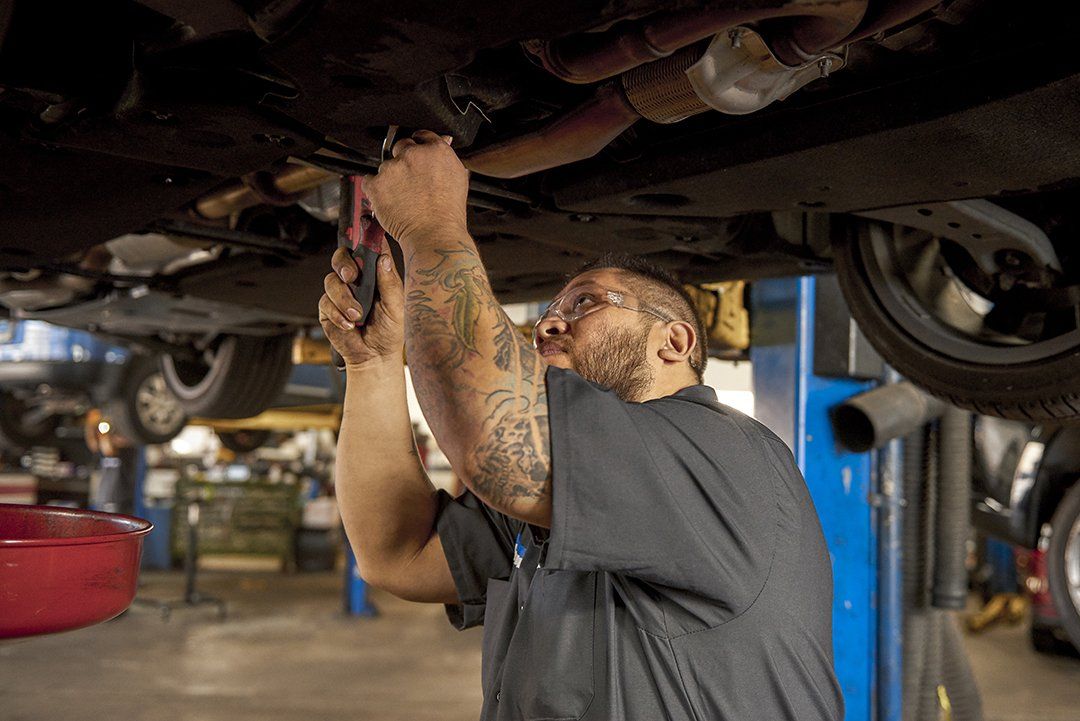Hands-on transmission systems, also called hand-operated transmissions or standard transmission, require vehicle drivers to manually choose equipments using a gear stick and operate a clutch pedal. This arrangement supplies direct control over the vehicle's power and speed, enabling a much more engaged driving experience. The core components of a hand-operated transmission include equipments, shafts, and synchronizers, which interact to send engine power to the wheels successfully.
In a regular guidebook transmission, the motorist utilizes the clutch pedal to disengage the engine from the transmission, chooses the wanted gear making use of the equipment stick, and then launches the clutch to re-engage the engine with the brand-new gear proportion. This process allows for precise control over the automobile's performance, allowing chauffeurs to maximize power distribution for various driving conditions. The straight mechanical link in hands-on transmissions frequently leads to far better gas performance and a more connected feel in between the vehicle driver and the car.

The drivetrain in vehicles with manual transmissions includes numerous vital parts:
•Clutch: Engages and disengages the engine from the transmission to permit gear modifications.
•Transmission: Includes a collection of equipments that can be selected to readjust the car's speed and torque.
•Driveshaft: Sends power from the transmission to the differential.
•Differential: Disperses power to the drive wheels while allowing them to revolve at various speeds, specifically during turns.

Recognizing these elements is crucial for appropriate vehicle maintenance and operation, making certain a smooth and responsive driving experience.
Check for more info at Logan Square Auto Repair - Automatic/Manual Transmission Systems Facebook Youtube Instagram
Navigation
Latest Posts
Genuine Mitsubishi Parts & Accessories at Basil Mitsubishi
Checking Out the 2024 Mazda CX-5 Trims
Hyundai of Albany's Dedication to Accessible Driving